Considering a Fixer-Upper? 15 Questions to Ask First
http://decor-ideas.org 11/11/2013 13:30 Decor Ideas
Many of us share the same dream: find an adorable fixer-upper in a great location and set out to make it swoonworthy. But when the budget isn't limitless, it becomes even more important to know what to look for before purchasing a house that needs a lot of work. Older homes often have underlying safety and construction issues, and you can save a lot of time and money by planning for them.
Here we'll also discuss how to recognize what is valuable in your period home, and how you can preserve its charm in your remodel.
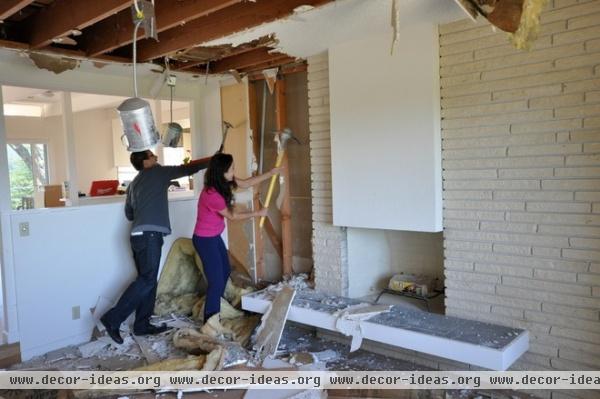
Before you dive in, look carefully at the inspection report, talk with your contractor and study the history of the home and the neighborhood. Wade Palmer of WIN Home Inspection Services and general contractor Greg Blea gave me the lowdown on the 15 most important questions to ask.
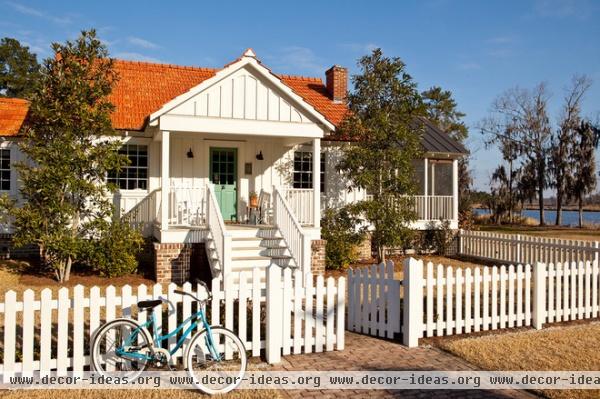
1. What is your budget? For some remodels of historic homes, there's a large budget and the admirable goal of preserving an architectural gem, no matter the cost. I'll be focusing more on projects with modest budgets in this ideabook. Many of the questions are still the same, but the decisions about how to move forward are different when the budget is limited.
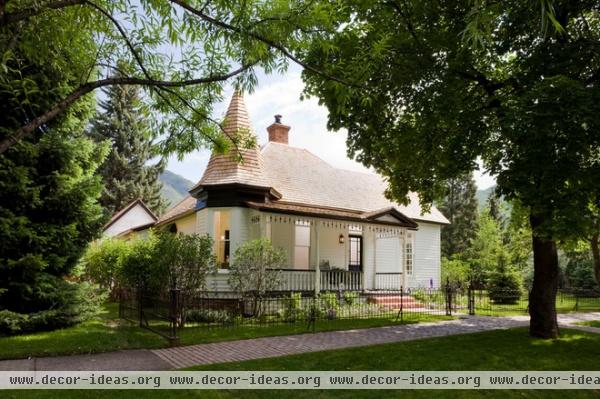
2. Is it in a historic district? If so, the design and permit processes can be lengthier and more expensive, and using the required historically correct materials can add significantly to the cost. But a historically protected neighborhood and architecturally unique homes often mean more consistent — and rising — property values.
3. What is the weather in the area and the intended use of the building? A home for a family of four in a wintry climate will require a different and costlier approach than a vacation cottage that is used only in the summer months. To keep costs down, plan for construction during the best weather.
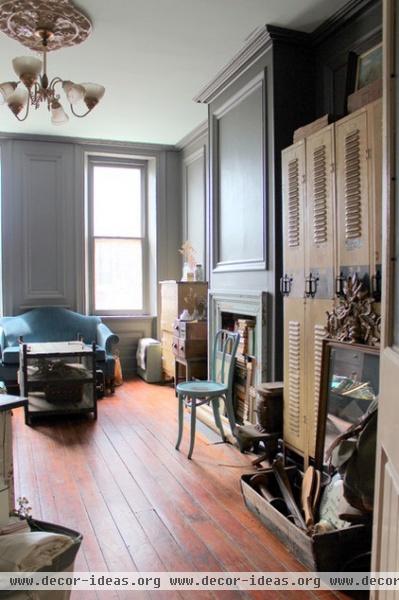
4. Does the house have beautiful bones? Some things are irreplaceable or would cost a fortune to re-create. Older wood floors, for example, have greater color and character than newly milled floors. Solid wood paneling, trim and doors are expensive to replace. Elaborate millwork may be impossible to find or replace.
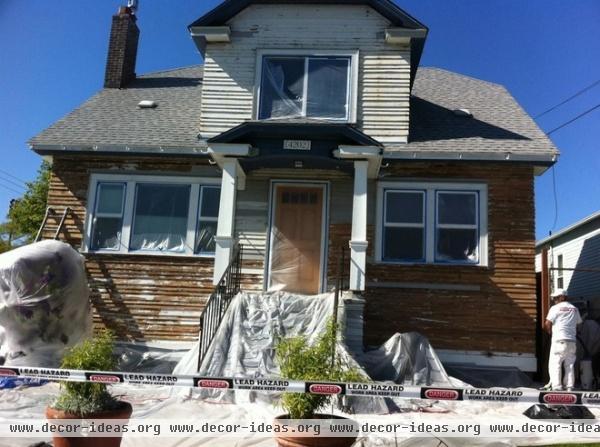
5. Is there lead-based paint? Most states now require protective actions for dealing with lead-based paint. These actions require training and certification by the state, and the time-consuming process can increase the cost of even a small renovation.
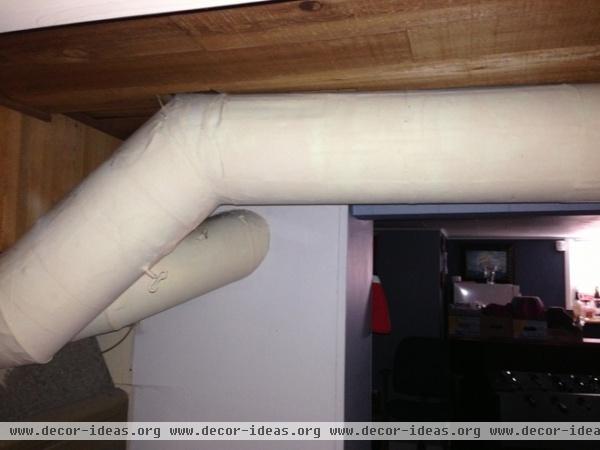
6. What about asbestos? Asbestos was commonly used in older homes, often in insulation, siding, flooring and other components. It must be removed by a certified abatement crew, or in some cases it can be encapsulated. But it is not something to tackle yourself. Professionals advise taking care of asbestos in the proper way, as it will increase the value and sales potential of your home, as well as its safety.
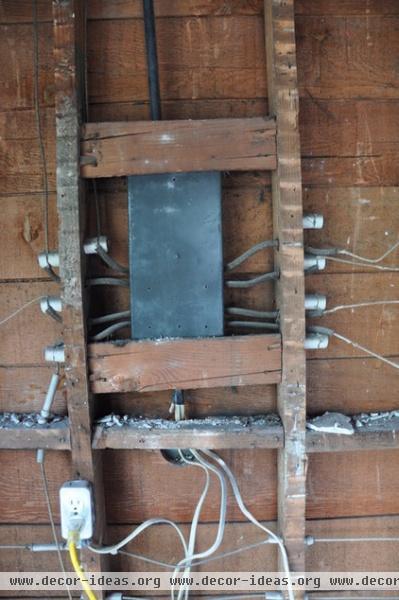
7. What electrical upgrades are needed? Older homes often do not have safety devices like ground fault circuit interrupters (GFCIs). Older wiring and some electrical panels can create a fire hazard as well. Upgrading to a modern grounded system can be quite expensive, depending on the access available for wiring.
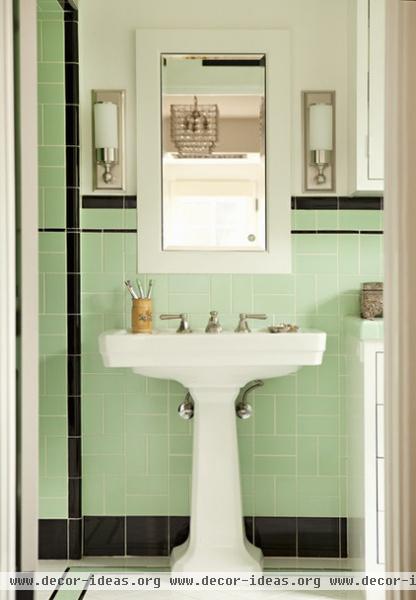
8. Can you incorporate existing tile, fixtures and finishes? The demolition and remodeling of bathrooms is one of the larger expenses of a remodel, so it's often best to salvage whatever you can if money is an issue.
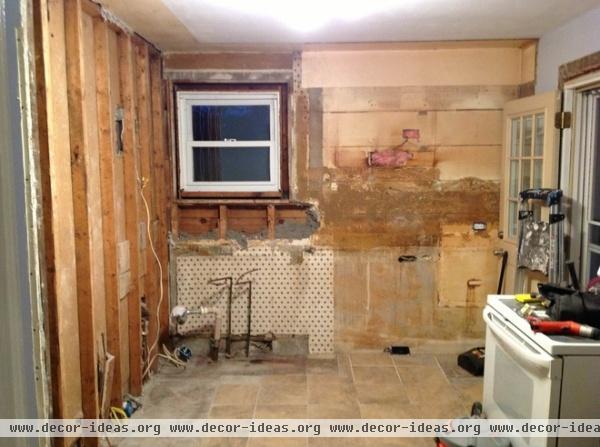
9. What about the plumbing? Cast iron and galvanized piping should be replaced after about 50 years to assure good water quality and to prevent leaking. If you keep old plumbing, know that it can be very difficult to connect new plumbing to an older system. If you are looking to save money on the remodel of an older home, try to keep your plumbing fixtures in the same location.

10. Is there beautiful, established landscaping around the property? Whenever possible, plan construction to save and take advantage of older, healthy trees and plantings. They're irreplaceable, and they add value to your home.
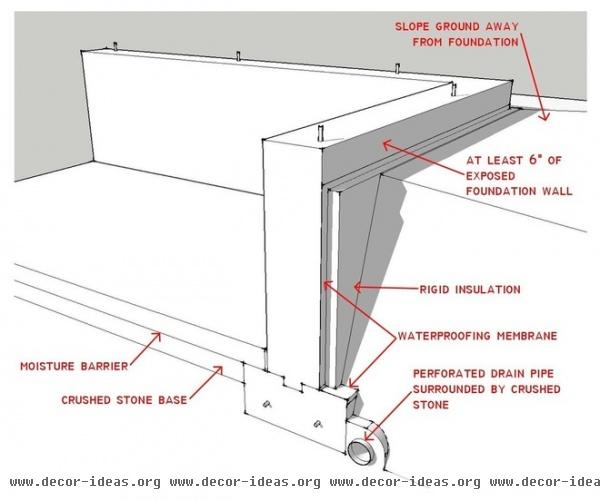
11. Is the house built on a sturdy foundation? Does the home need a new foundation or repairs to the existing one? Is there a crawl space? Is water seeping into the basement or crawl space? Are the floors slanted and listing, or are there visible cracks? Foundation repairs are expensive and can hinder your ability to secure financing, so find out everything you can about current conditions before you buy.
Know Your House: What Makes Up a Home's Foundation
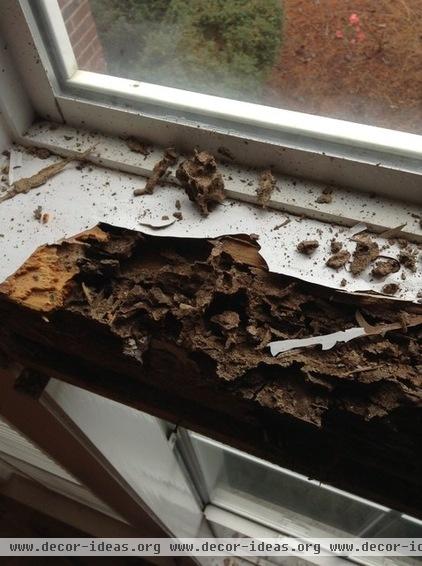
12. What shape are the windows in? Is there rot in the window frames? Are the frames shot? If the windows are in really bad shape, it is probably best to replace them with modern ones that have double glazing and a greater R-value (a measure of the efficiency of insulation).
If the old windows are in decent shape or have an unusual shape, size or true divided lights, consider putting the money and hours into saving them. It will probably be more expensive to replace them with something comparable.
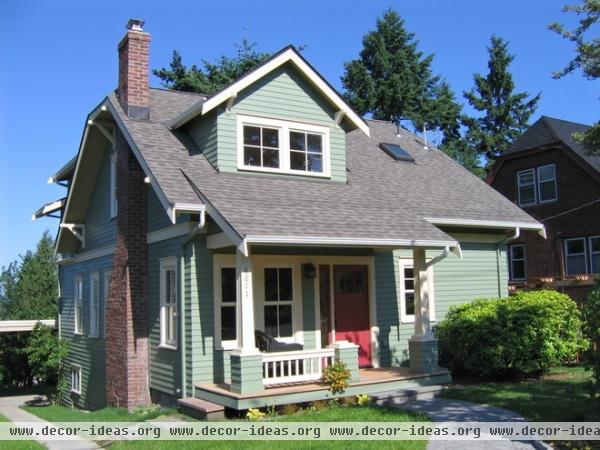
13. What is the condition of the roof? Older homes often have a rotten cedar shake or shingle roof. If you're thinking about replacing the roof, remember that the structure may need to be reinforced to accommodate the weight of the new material, or may need to have ventilation added.

14. What's going on in the mechanical room? If the house has an old oil furnace, it can be costly to remove the aboveground or underground oil tank.
How old are the air conditioning system and the water heater? Find out, so you can be prepared to replace them if necessary.
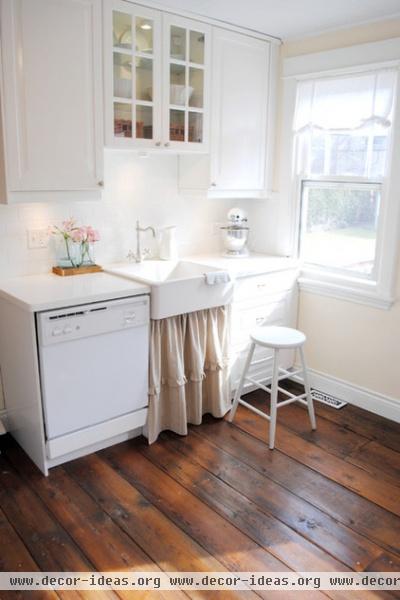
15. If you have a modest older house, can you use modest materials in the remodel? Less can be more in some cases; it often works best to highlight the simple lines of a house rather than fight them.
There's a lot of work involved in a fixer-upper. But if you're well prepared for the time, effort and cost, the result can be worth it.
Tell us: What do you wish you knew before buying your fixer-upper?
More: 100 Contractor Tips to Read Before You Remodel
Related Articles Recommended












